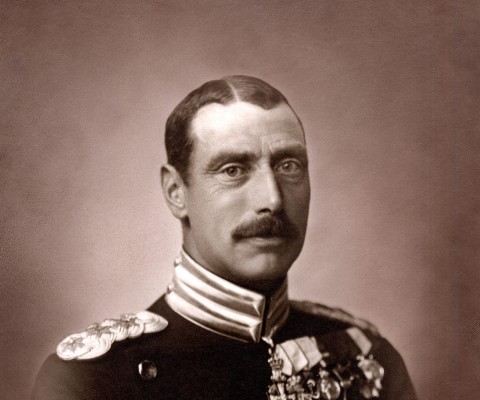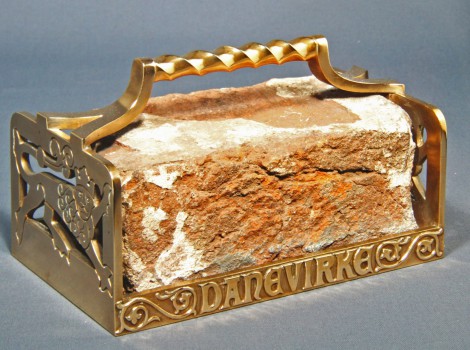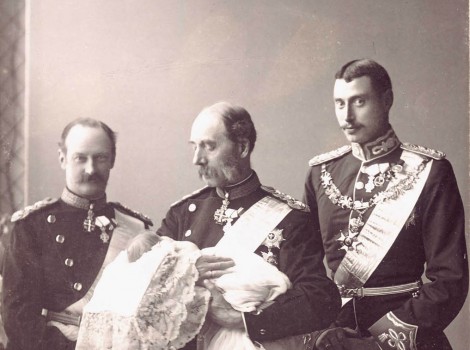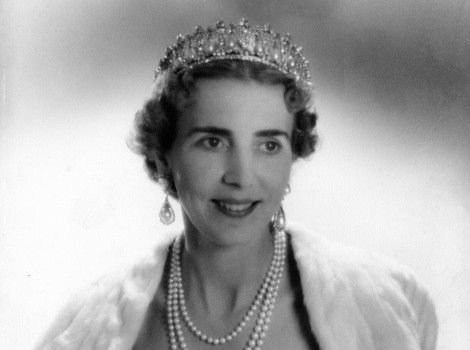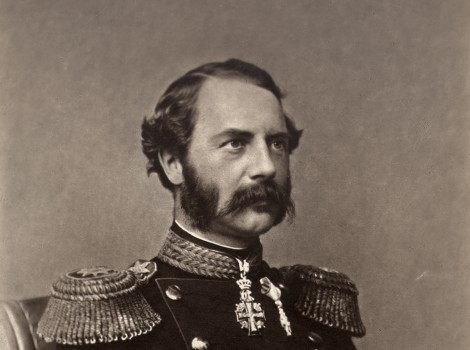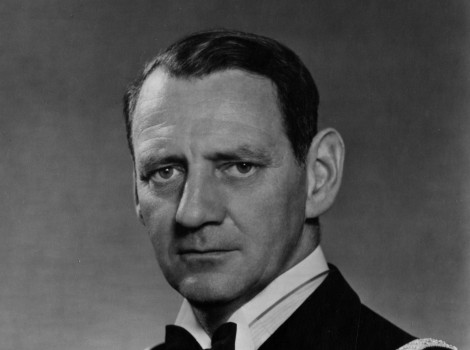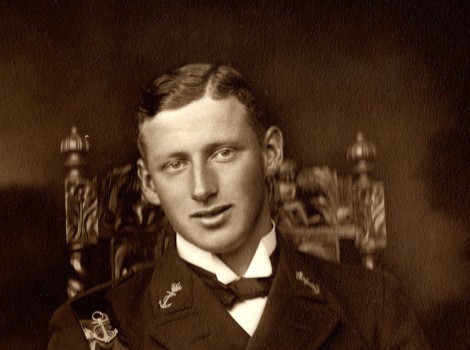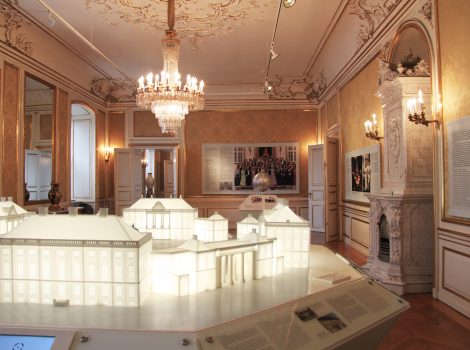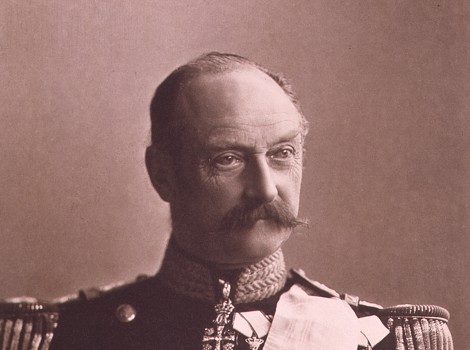Christian X
King from 1912. In 1898 he married Princess Alexandrine of Mecklenbug-Schwerin, with whom he had two sons, Prince Frederik (IX) and Prince Knud. As the eldest son of Frederik VIII and Queen Louise he became the third monarch from the House of Glücksburg line, and was the grandfather of HM Queen Margrethe II.
Before he became king Prince Christian had a long career in the army and was for many years employed by the Life Guards, of which he became the Commander-in-Chief in 1905. Throughout his life Christian X maintained his identity as an officer, often wearing uniform. His daily horse rides created the image of “the equestrian king”, and he is still remembered by many Danes for riding his horsethrough the streets of Copenhagen during the German Occupation 1940-45, during which Christian X enjoyed enormous popular support.
As king Christian X was to begin with sceptical about parliamentarism (introduced in 1901), and stubbornly demanded political influence. The so-called Easter Crisis arose in 1920 when, due to disagreement about the drawing of the border between Denmark and Germany after World War I, Christian X ousted the incumbent government. This caused vehement protests which made him give up his demands, after which he came to terms with taking on a more symbolic role as a national rallying point. During World War II, however, the King became an important figure, also in political matters. For the populace Christian X came to stand in contrast to the policy of collaboration and negotiation with the occupying power. On his death, therefore, his coffin was decorated with a resistance fighter’s armband.
 Dansk
Dansk
 English
English
 Deutsch
Deutsch

